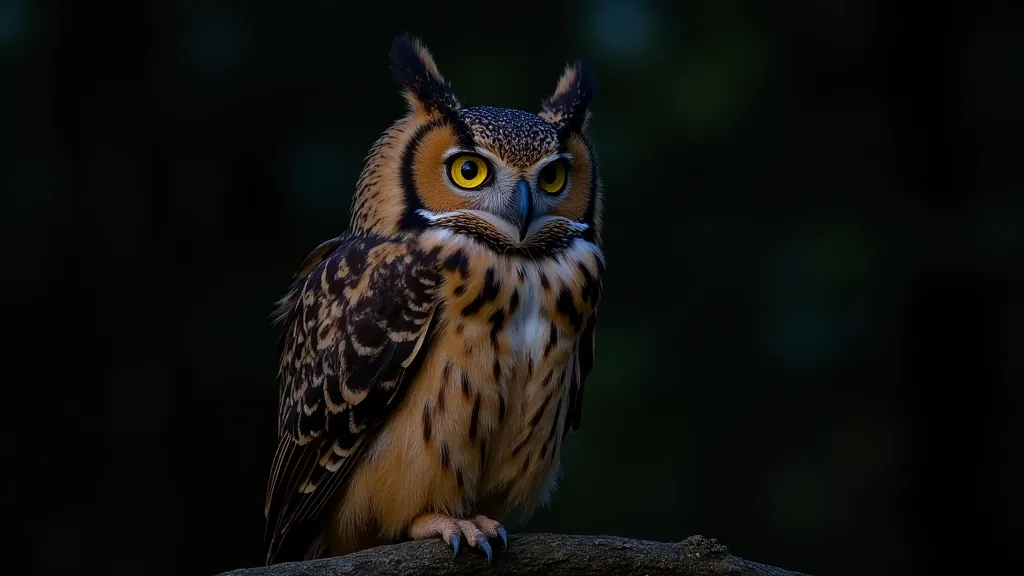Identifying Raptors: Hawks, Eagles, and Owls
Raptors – birds of prey – are magnificent creatures that command attention with their powerful flight and keen eyesight. Identifying them can be challenging, but with a little practice, you’ll be able to distinguish between hawks, eagles, and owls. This guide focuses on key characteristics to aid in raptor identification for beginner bird watchers.
Understanding Raptor Families
Before diving into specifics, it’s helpful to understand the main groups we’ll be focusing on:
- Hawks: Generally smaller than eagles, hawks are known for their agile flight and often hunt during the day.
- Eagles: These are large, powerful birds of prey, often associated with strength and majesty. They tend to be larger than hawks.
- Owls: Primarily nocturnal hunters, owls possess exceptional hearing and silent flight.
Identifying Hawks
Hawks are incredibly diverse. Here's what to look for:
- Size: Hawks vary in size, but generally range from smaller than a robin to about the size of a crow or larger.
- Flight Pattern: Many hawks exhibit a “kettle” flight pattern – circling slowly in rising air currents. Others soar with outstretched wings and broad, rounded tips. Sharp-shinned hawks are known for their quick, erratic flight.
- Coloration: Hawk plumage can range from brown and white to reddish-brown. Juvenile birds often have different patterns than adults.
- Habitat: Hawks are found in a wide variety of habitats including forests, grasslands, and urban areas.

Example: Red-tailed Hawk: The most commonly seen hawk in many regions, the Red-tailed Hawk has a distinctive red tail (often brighter in males) and a barred belly. Their cry is a familiar, piercing “kreee.”
Identifying Eagles
Eagles are easily recognizable by their large size and impressive wingspans.
- Size: Eagles are significantly larger than most hawks.
- Wingspan: They possess a wide wingspan, allowing for efficient soaring.
- Bill: A large, powerful beak is characteristic of eagles.
- Habitat: Eagles often inhabit areas near water sources where they can find fish, a primary food source.

Example: Bald Eagle: The iconic Bald Eagle, with its white head and tail (in adults), is a symbol of strength and freedom. Juvenile eagles have a mostly brown plumage.
Recognizing Owls
Owls are masters of the night, and distinguishing between species often relies on subtle differences.
- Size: Owl sizes range considerably, from small, sparrow-sized owls to large Great Horned Owls.
- Facial Disc: Owls have a distinctive facial disc – a flattened area of feathers around their eyes – which helps them funnel sound.
- Ear Tufts: Some owls have ear tufts, which are feather bundles that resemble ears (but aren’t!).
- Flight: Owls fly silently, thanks to specialized feathers.

Example: Great Horned Owl: Easily identified by its prominent ear tufts, the Great Horned Owl is a powerful predator with a deep, booming hoot.
Tips for Raptor Identification
- Observe Flight Patterns: How a bird flies can provide valuable clues.
- Note Size and Shape: Compare the bird's size to familiar species.
- Pay Attention to Habitat: Consider the bird’s surroundings.
- Listen to Vocalizations: Different raptors have distinct calls.
- Use a Field Guide: Carry a bird identification guide for reference.
With patience and practice, you’re well on your way to becoming a raptor identification expert. Happy birding!





